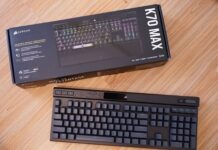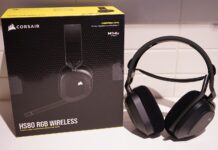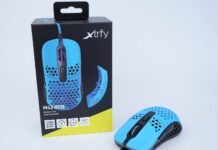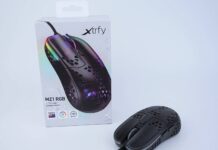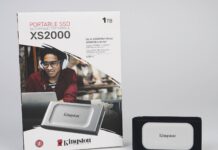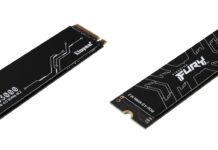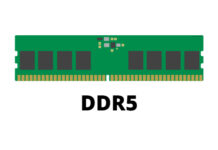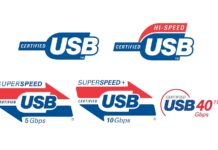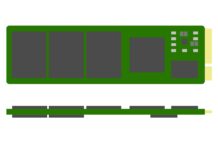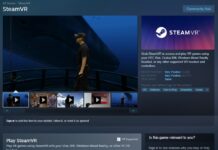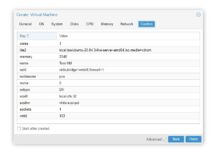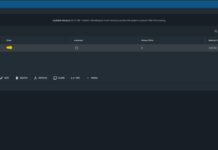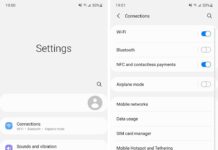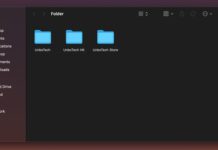Announced in late 2020, the Reverb G2 is the 2nd generation VR/WMR headset from HP. It is upgraded with new optics, controllers and more tracking cameras. It took us a few months to wait for the headset to be backed in stock, due to the global supply shortage and high demand. The HP Reverb G2 is priced at $599 USD (MSRP), sitting right between the Oculus Quest 2 at $299 USD and Valve Index at $999 USD.
Unboxing
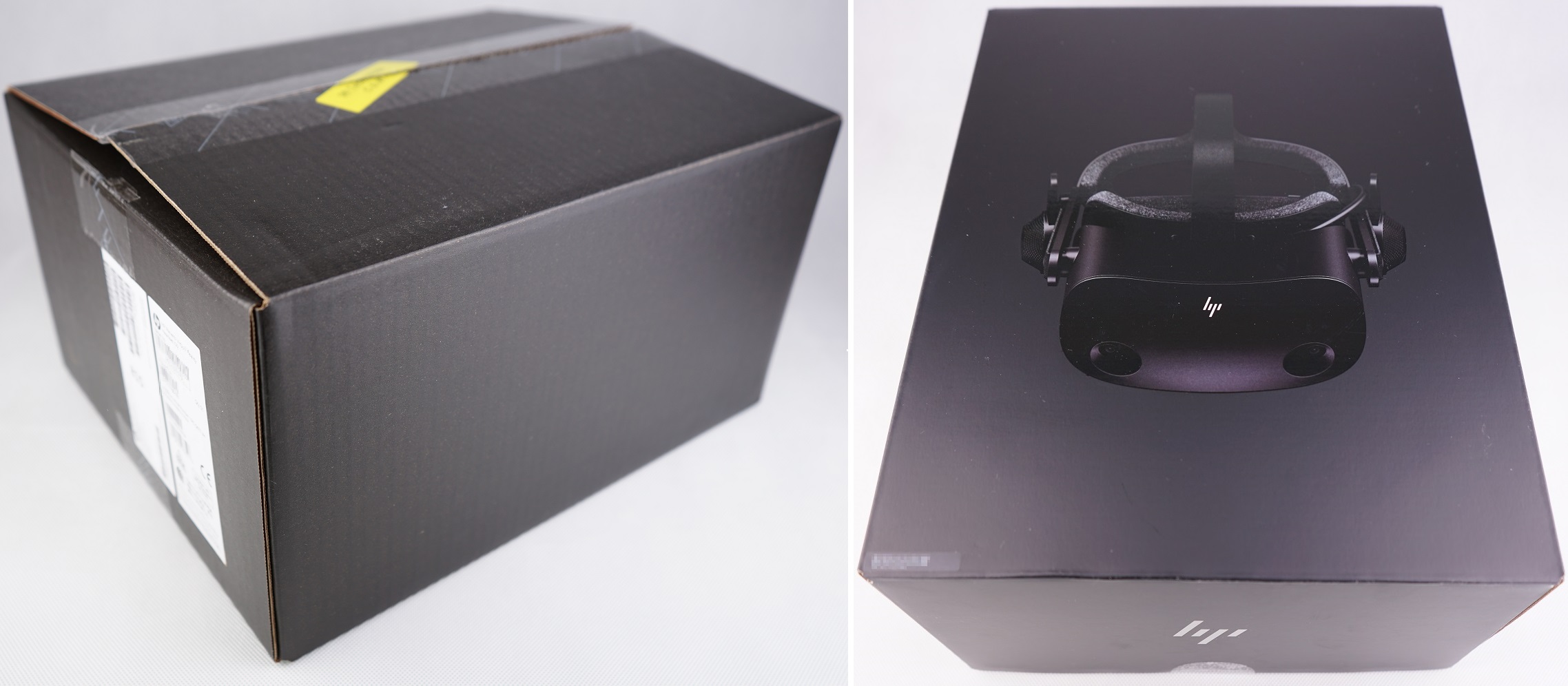
The Reverb G2 VR headset is packed inside two layers of cardboard boxes for shipping. The outer box has a plain black background with a couple stickers containing the delivery information, device’s model name and serial number. The inner box gets an embossed photo of the VR headset on the top, while having the HP logo on the sides.
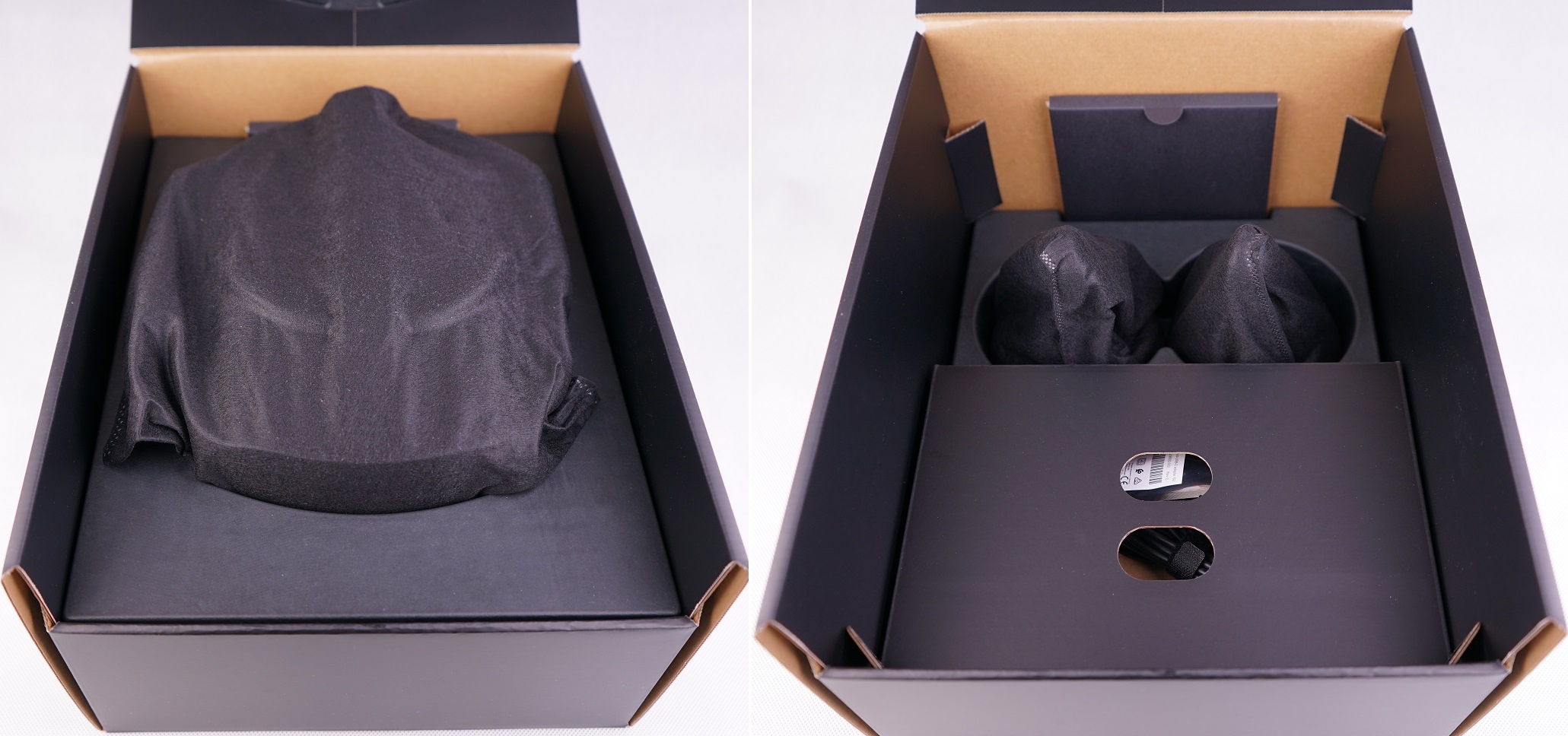
Both the VR headset and the two controllers are wrapped by soft felt fabric bags to prevent scratches during delivery. Alongside the controllers is the box for all the cables and accessories.
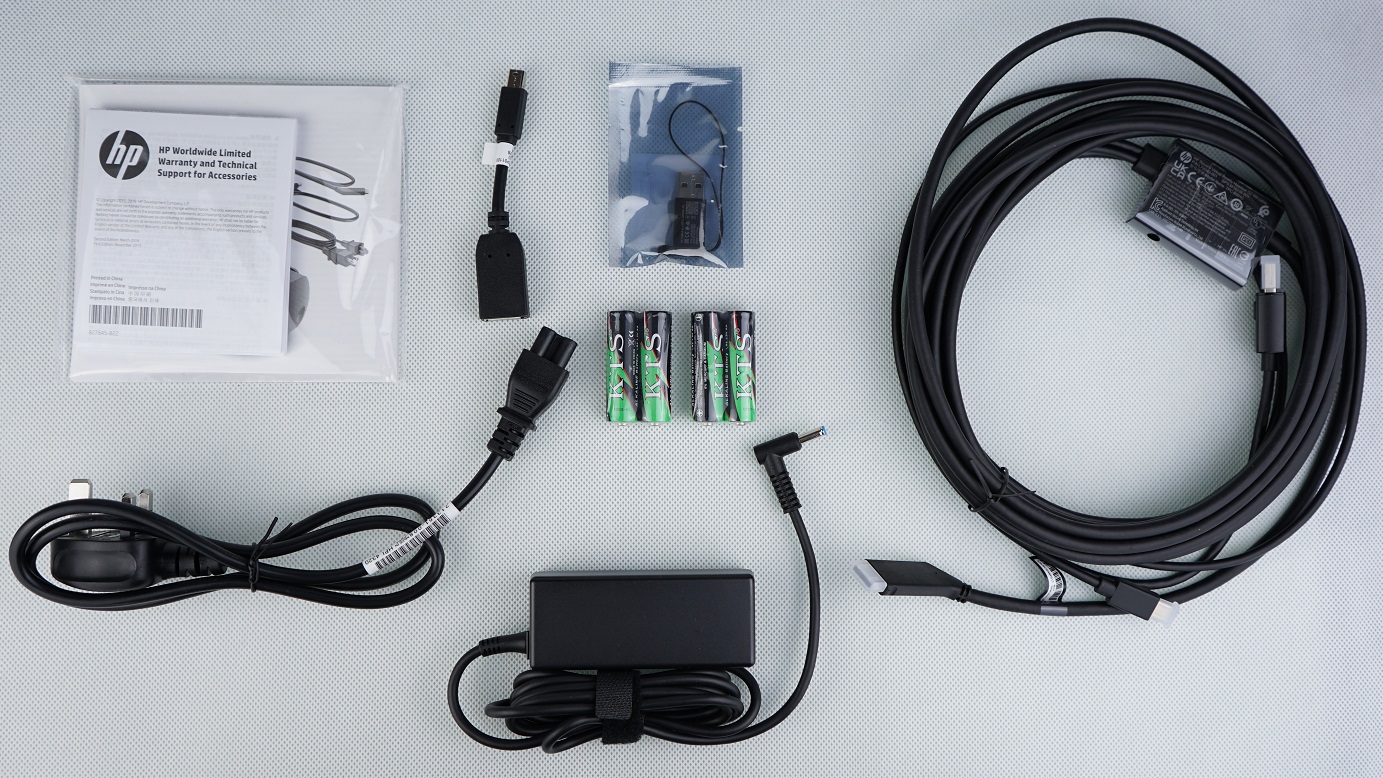
In the box, you will get a bunch of cables and adapters to connect the VR headset to the computer. There is a small power brick and its extension cable for power. Another 6-meter long data cable, terminated in USB Type-C and full-sized DisplayPort connectors, is also available. If your computer does not have compatible ports for the cables, the DisplayPort to mini-DisplayPort adapter and USB Type-C to Type-A adapter will be very useful. Four non-rechargeable AA batteries are provided to use with the two motion controllers.
HP Reverb G2 VR Headset
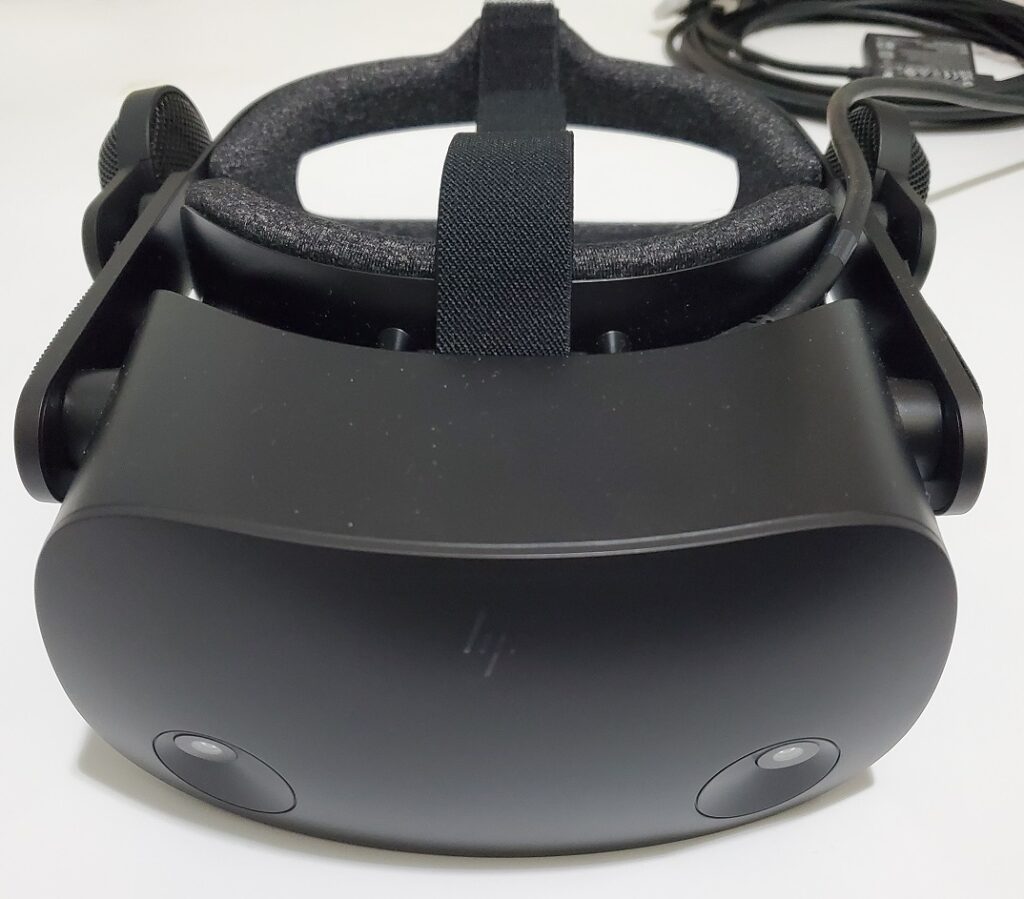
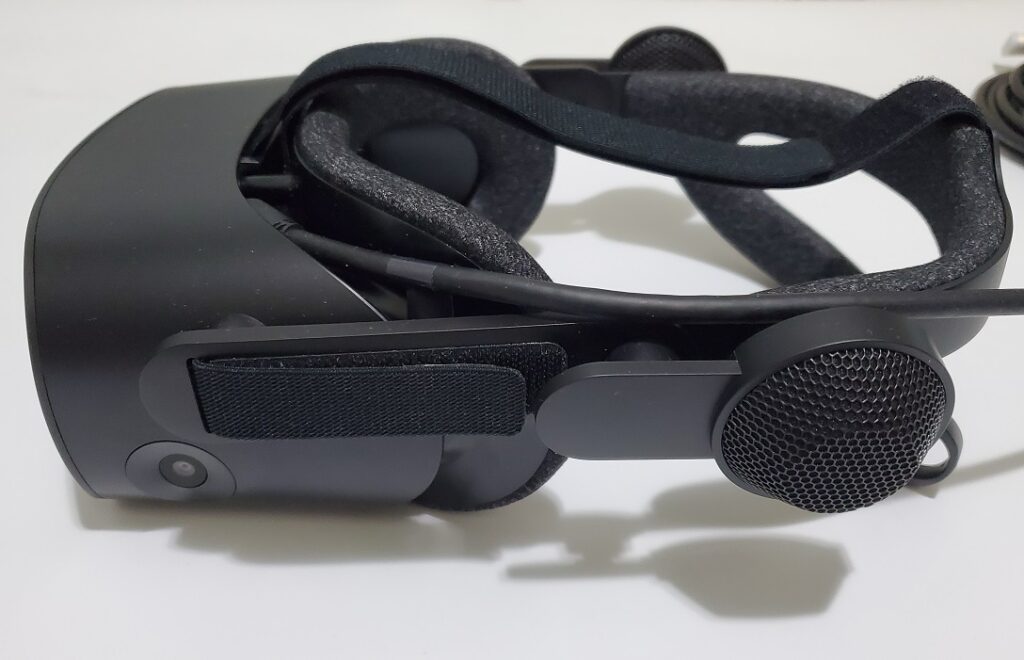
We will go through some basic technical specifications of the HP Reverb G2 VR headset, but we will elaborate further in a future review article. One of the biggest selling point of the Reverb G2 is its two 2.89-inch high-resolution IPS LCD displays, which are 4320 x 2160 combined or 2160 x 2160 per panel/eye (most in the world of VR headsets). They are running at a frame rate of 90 Hz.
Branded as a Windows Mixed Reality (WMR) headset, the Reverb G2 uses Microsoft’s inside-out tracking technology. A total of four cameras are located on the headset, accompanied by the internal gyroscope, accelerometer and magnetometer, are responsible to track the movement accurately.
There is no internal storage on the Reverb G2, which you must connect the headset to a computer to perform any functions, unlike the Oculus Quest 2.
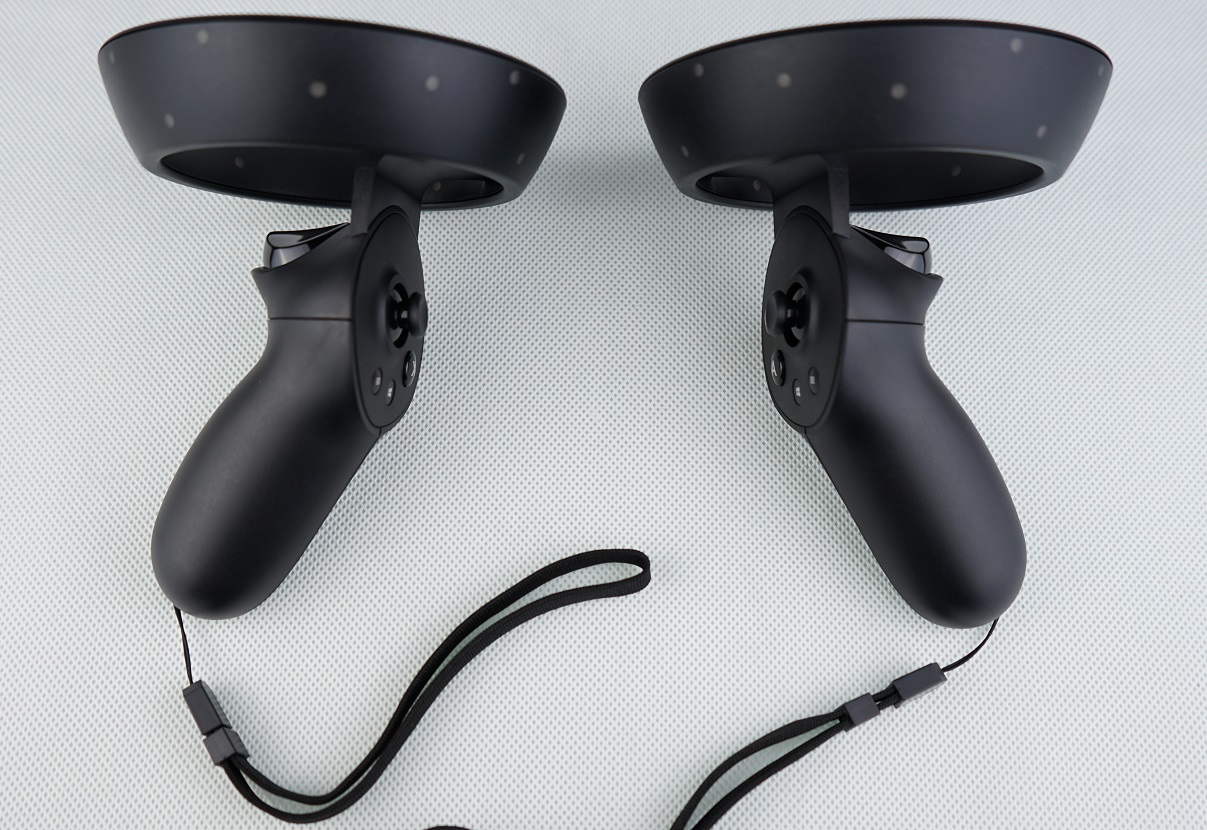
Each motion controller has six buttons and one joystick onboard. It uses Bluetooth to connect to the VR headset. The upper tracking ring will light up when powered.
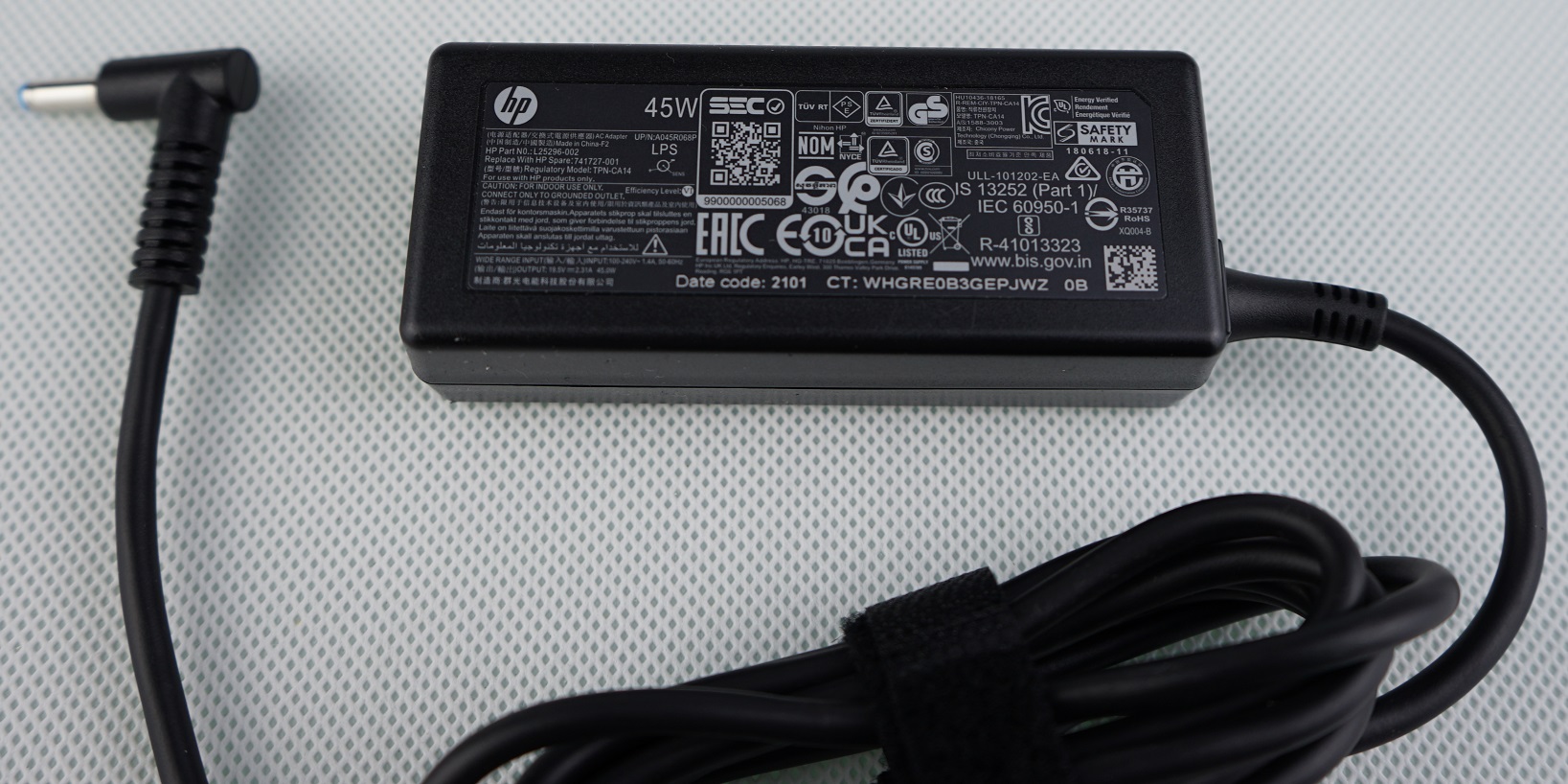
A 45-watt power adapter is required for the Reverb G2, connected via a barrel-style plug.
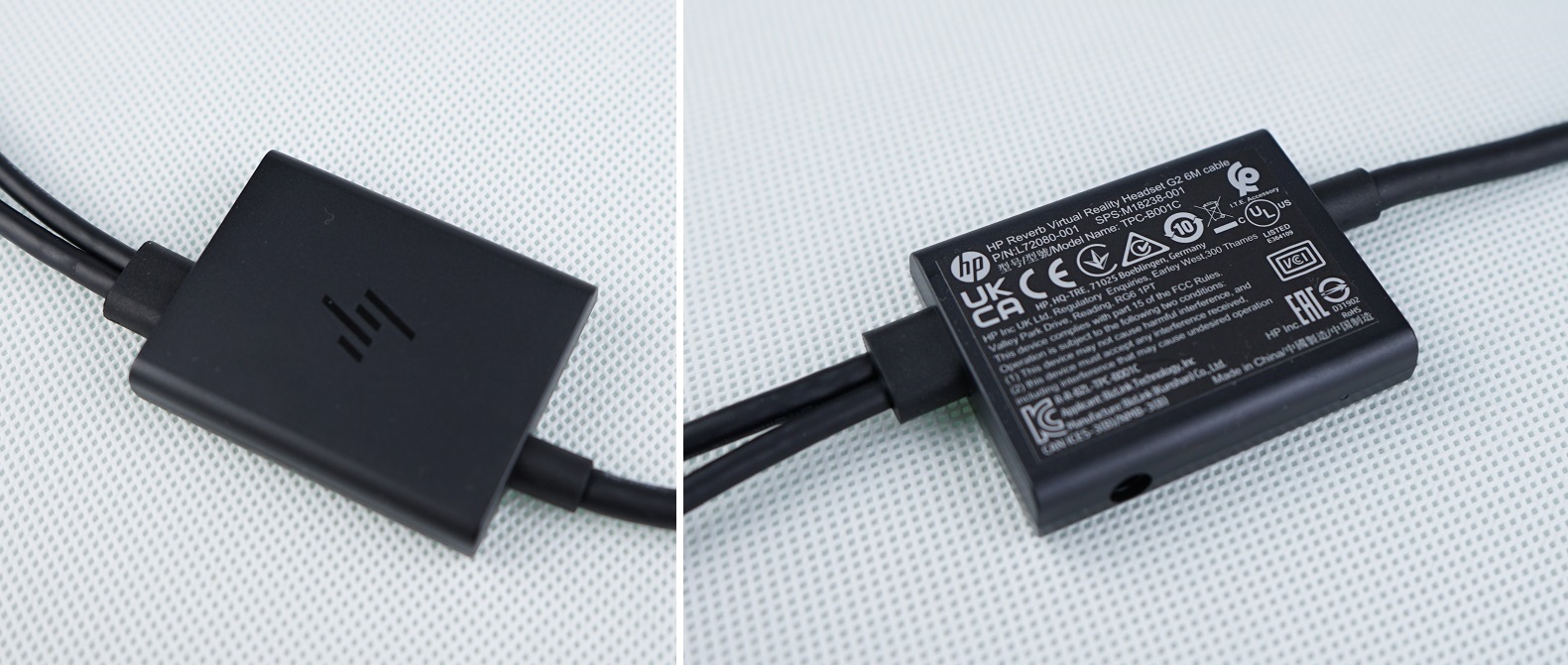
The 6-meter headset cable transfers both data and power from the computer to the Reverb G2. The breakout box splits the signal to a DisplayPort connector and USB Type-C connector.
Impressions
Based on my first few hours of experiencing the HP Reverb G2, the displays are a lot sharper than the HTC Vive, as expected. Headset tracking is fine with the four integrated cameras, but the tracking angles for the motion controllers are rather limited (especially when moving below the headset), despite HP claiming that it is improved to cover 30% more vertical area than the 1st generation Reverb.
Thanks Boundless Dynamics, XREAL Games, For Fun Lab and Cloudhead Games for providing us a key of their games (VTOL VR, Zero Caliber VR, Eleven: Table Tennis VR and Pistol Whip) to test out the VR headset.
You can purchase the headset from your local/online retailers or the links below from Amazon and Newegg.
- Amazon US: HP Reverb G2 VR Headset
- Newegg US: HP Reverb G2 VR Headset
Feel free to leave comments below. Share the article if you enjoy reading it. Follow us on Twitter, Facebook, Instagram and Pinterest.
Support this website simply by shopping on Amazon and Newegg. We will receive small kickbacks, if the above affiliate links are used to make any purchases. Or you can directly donate to us via our Buy Me a Coffee page.


